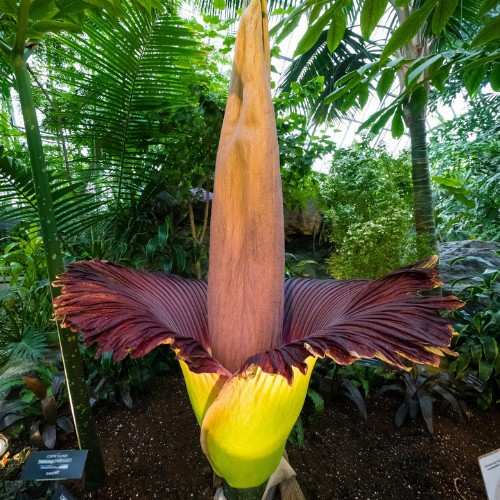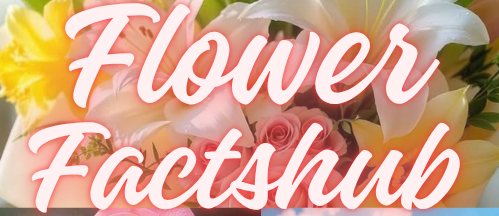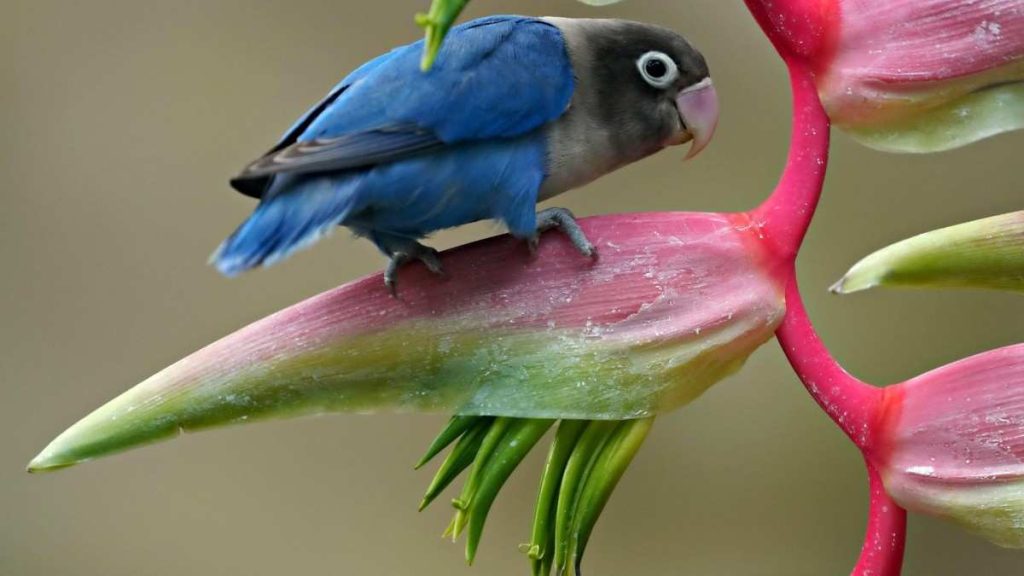Exotic flowers captivate the imagination with their rare beauty, unusual shapes, and vibrant colors. Whether grown in wild rainforests or carefully cultivated in greenhouses, exotic flowers offer something truly unforgettable.
Because of their rarity and appearance, exotic flowers are widely used in luxury floral arrangements, landscaping, weddings, and cultural events. Some symbolize mystery, passion, or strength, while others are prized simply for their striking aesthetics. As we explore their fascinating world, you’ll discover the variety, significance, and appeal that make exotic flowers a favorite among collectors, gardeners, and flower lovers alike.
What Makes a Flower Exotic?
What exactly gives a flower the title “exotic”? It often comes down to rarity, origin, appearance, and uniqueness. Exotic flowers typically come from regions with climates that are very different from where the average person lives tropical rainforests, mountain slopes, or remote islands. Because of this, they’re not commonly found in home gardens or local flower shops, which adds to their mystique and value.
Beyond geography, exotic flowers usually have one or more striking features: bold, unusual shapes, vibrant or multi-toned colors, uncommon petal formations, or even rare blooming patterns. Many exotic flowers also have symbolic meanings tied to ancient cultures or spiritual traditions, which further deepens their allure. Some only bloom under very specific conditions, while others are short-lived but breathtaking during their bloom cycle.
In short, a flower is considered exotic not just because it’s rare or hard to grow, but because it feels like a natural piece of art something that sparks curiosity and admiration at first glance. These characteristics are exactly what set exotic flowers apart and make them treasured across the world.
Their Appeal in Gardens, Floral Arrangements, and Cultural Significance
Exotic flowers are highly sought after not just for their appearance, but also for the elegance and depth they bring to different spaces and traditions. In gardens, they serve as stunning focal points that immediately capture attention. Gardeners often use them to create a tropical or luxurious feel, transforming ordinary landscapes into vibrant, colorful scenes that feel like a retreat. Even a single exotic bloom can elevate the entire aesthetic of a garden.
In floral arrangements, exotic flowers offer texture, drama, and a wow factor that more common flowers sometimes lack. Florists use them in wedding bouquets, centerpieces, and luxury gifts where uniqueness and beauty are top priorities. Culturally, many exotic flowers hold deep symbolism. These flowers are often used in ceremonies, rituals, and festivals to convey emotions, respect, or spiritual meaning. Their beauty may be eye-catching, but their deeper significance is what truly makes them timeless and valuable across cultures
Did You Know? Some Exotic Flowers Bloom Only Once Every Few Years!
One of the most fascinating things about exotic flowers is how unpredictable and rare their blooming cycles can be. Take the Corpse Flower (Amorphophallus titanum), for example it can take up to 10 years to bloom for the first time, and even after that, it might only bloom once every several years. When it finally does, it produces a massive flower and an unforgettable smell something between rotten meat and cheese! As strange as that sounds, people travel from all over the world just to witness this rare floral event.

This unpredictability is part of what makes exotic flower so captivating. Unlike common flowers that bloom every season, many exotic species demand patience and perfect conditions. Their blooms become events spectacles that draw attention, spark curiosity, and deepen appreciation for the wonders of nature. And while not all exotic flowers are as extreme as the Corpse Flower, many do carry some kind of surprise, whether it’s a sudden color change, night-only blooming, or a scent that only appears at certain times.
How to Grow and Care for Exotic Flowers
Growing exotic flower at home can be incredibly rewarding, but it does require a bit more attention than typical garden blooms. Since many of these plants originate from tropical or unique climates, the key to success is mimicking their natural environment as closely as possible. This includes giving them the right amount of sunlight, humidity, soil type, and watering schedule.
For instance, flowers like orchids and anthuriums thrive in warm, humid conditions with indirect sunlight. Meanwhile, desert species like the bird of paradise or proteas prefer full sun and well-draining soil.
Caring for these flowers also means regular monitoring. Some may require fertilizers with specific nutrients, while others are sensitive to overwatering. Watching out for pests and adjusting care based on seasonal changes are also part of the process.
Final Thoughts
These flowers are nature’s masterpieces, bold, rare, and completely mesmerizing. Their unusual shapes, vivid colors, and intriguing patterns make them stand out in any bouquet or garden. From the mysterious Black Bat Flower to the dazzling Passion Flower, these blooms don’t just attract attention, they spark curiosity and awaken the senses.
By incorporating exotic flower into your life, you’re not just adding beauty, you’re embracing the extraordinary side of nature. These captivating blooms invite you to see the world with wonder and appreciation for the diversity and creativity of the natural world. Whether for décor, gifts, or personal joy, exotic flower truly leave a lasting impression.
Frequently Asked Questions (FAQs)
1. What are considered exotic flowers?
Exotic flowers include rare or tropical blooms like Bird of Paradise, Orchid varieties, Heliconia, Protea, and Black Bat Flower that are native to specific regions and not commonly seen in traditional gardens.
2. Can exotic flowers grow in non-tropical climates?
Yes, with proper care, many exotic flowers can be grown in greenhouses, indoor pots, or controlled environments outside their native habitat.
3. Are exotic flowers more expensive than regular flowers?
Often, yes. Due to their rarity, cultivation needs, and import costs, exotic flowers can be pricier than more common floral varieties.
4. Do exotic flowers have symbolic meanings?
Absolutely. For example, Orchids symbolize elegance and strength, while Passion Flowers represent spiritual connection and exotic beauty.
5. What’s the best way to care for exotic flowers?
Provide indirect sunlight, proper humidity, and well-drained soil. Each flower may have specific needs, so it’s important to research the care for your chosen exotic bloom.
6. Are exotic flowers suitable for bouquets and gifts?
Yes! Exotic flowers make striking, elegant gifts that stand out from traditional arrangements, perfect for special occasions or as a luxurious gesture.



